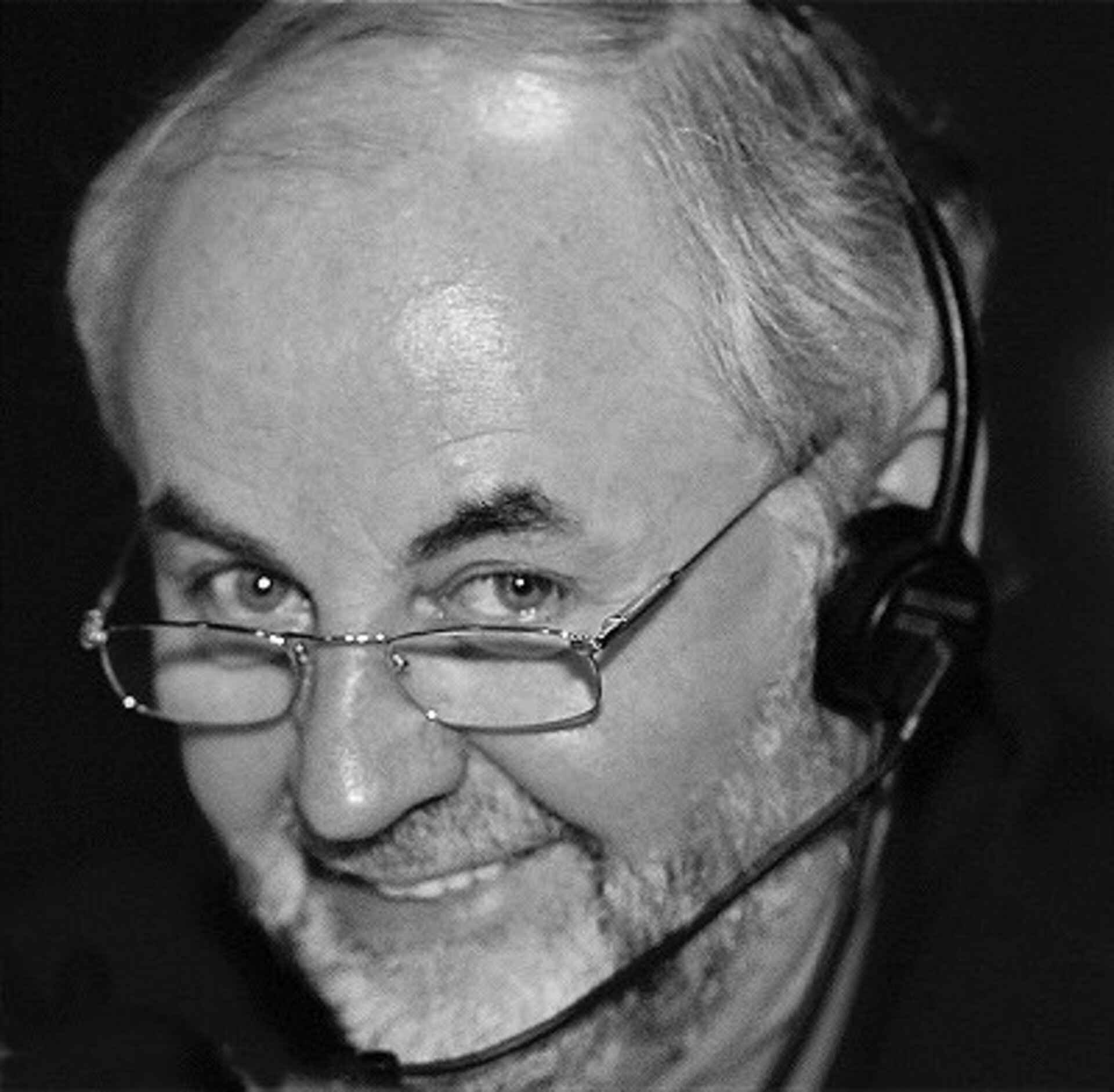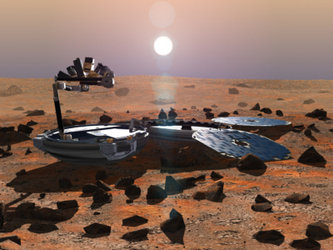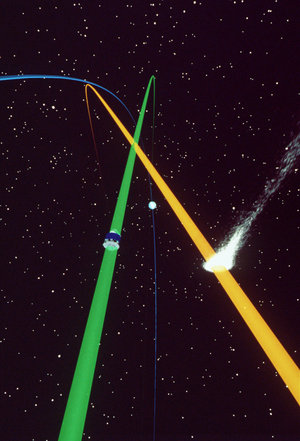No second chance: An interview with Alan Smith
Flight Operations Director Alan Smith heads the team at ESOC that has been guiding Mars Express through space since its launch in June. He is now responsible for ensuring Mars Express goes into orbit after its six-month interplanetary cruise.

Alan Smith
Head of ESOC Flight Operations, Mars Express Flight Operations Director
Born: 1944 in Nuneaton, United Kingdom
BSc Degree in Applied Mathematics, University of Wales, 1965. he joined Hawker Siddeley Dynamics in 1965, in London and then in Stevenage, Hertfordshire. He worked on the ELDO launch vehicle project, doing ascent trajectory design and vibration analysis. Then he worked on satellites, concentrating on mission analysis, AOCS and simulation techniques.
He joined ESA in 1980, based at the European Spacecraft Operations Centre, Darmstadt, Germany, and began a career in spacecraft operations. He has supported 26 launches, 20 of them as Flight Operations Director.
Married with two children, Alan enjoys golf and tennis, plus experimenting with digital photography.
ESA: Only a little while to go until Mars Express reaches its destination – how do you feel?
Alan Smith
It's going to be a very exciting time ahead. Mars Orbit Insertion (MOI) on 25 December is a critical event that must be successful as there will be no second chance. The team have been preparing for this orbit manoeuvre for a long time, and it feels a little bit like a preparing for a launch.
The difference is though, if you can’t launch one day you can try it again the next; we don't get to do that with going into orbit around Mars. In case of problems we can work on regularising the orbit later, but on 25 December we have to achieve an orbit of some kind. We have one chance and that's it.
The day before we will load all the necessary instructions onto the spacecraft. In the run up to the engine burn necessary to let Martian gravity capture the spacecraft will lose all contact with the spacecraft. That's because the high-gain antenna that has until now has been mainly pointed towards the Earth will break contact when Mars Express is re-oriented to prepare for the burn.
That is going to be a very nervous period because we will not be able to hear from Mars Express for about five hours – until it comes around the planet and the link is re-established.
Making it all work in orbit is a fascinating challenge, there's nothing comparable to it anywhere else.
ESA: What first inspired you to get interested in space, and how did you get started in the field?
Alan Smith
My first interest in space really came when I was in school and the Americans were launching astronauts during the Mercury and Gemini programmes. When I left university I was fortunate enough to find the ideal job with a major UK company called Hawker Siddeley in London, working on the ELDO project – the predecessor to Ariane. The opportunity to actually work on a launch vehicle was a large part of the job's attraction to me.
Hawker Siddeley was also one of the largest manufacturers of telecommunication satellites and later I moved over from launchers to work on satellites, including the early European satellite OTS. So my way in was through industry, and I had already been working in the field for 15 years before I joined ESA.
I can remember being in awe at the staff controlling the fate of spacecraft so far away
ESA: What drives you in your job?
Alan Smith
I love the area of space technology. Making it all work in orbit is a fascinating challenge, there's nothing comparable to it anywhere else. There are advances in the technology used in every mission, so there's always something new.
My responsibilities include all the other missions that ESOC is operating as well as Mars Express – Envisat, ERS-2, Ulysses, Cluster, XMM-Newton, Integral and Huygens. They all have their own sets of demands. I can still remember my first visit to ESOC around the time of the COS-B mission and being in awe at the staff controlling the fate of spacecraft so far away.
The job is anticipating what might happen, and how to react to it.
ESA: What fascinates you about Mars in particular?
Alan Smith
Mars gives this particular mission an extra degree of excitement, because if we do our job right then all sorts of new data will be coming back from the orbiter and from Beagle 2 on the planet’s surface, providing everyone with answers to fundamental questions such as the presence or not of water and even life on Mars.
The Beagle separation on 19 December represents another milestone, and we've been mounting a major simulation campaign since September. It's not quite as make or break as orbit insertion, but again we will lose contact with the spacecraft as the lander lines up on course with the planet. Once we regain contact with the spacecraft two hours later, either Beagle will have separated or it won't – but we have contingency plans prepared.
A large part of the job is anticipating what might happen, and how to react to it. We will have many experts present from ESTEC and Astrium to support the ESOC team for these critical events, but the idea is to prepare for situations in advance – because we won't have time to start a debate if something actually happens!
ESA: If you had a message to give someone interested in entering the space field, what would it be?
Alan Smith
Go for it! It makes for a very challenging and satisfying career.








